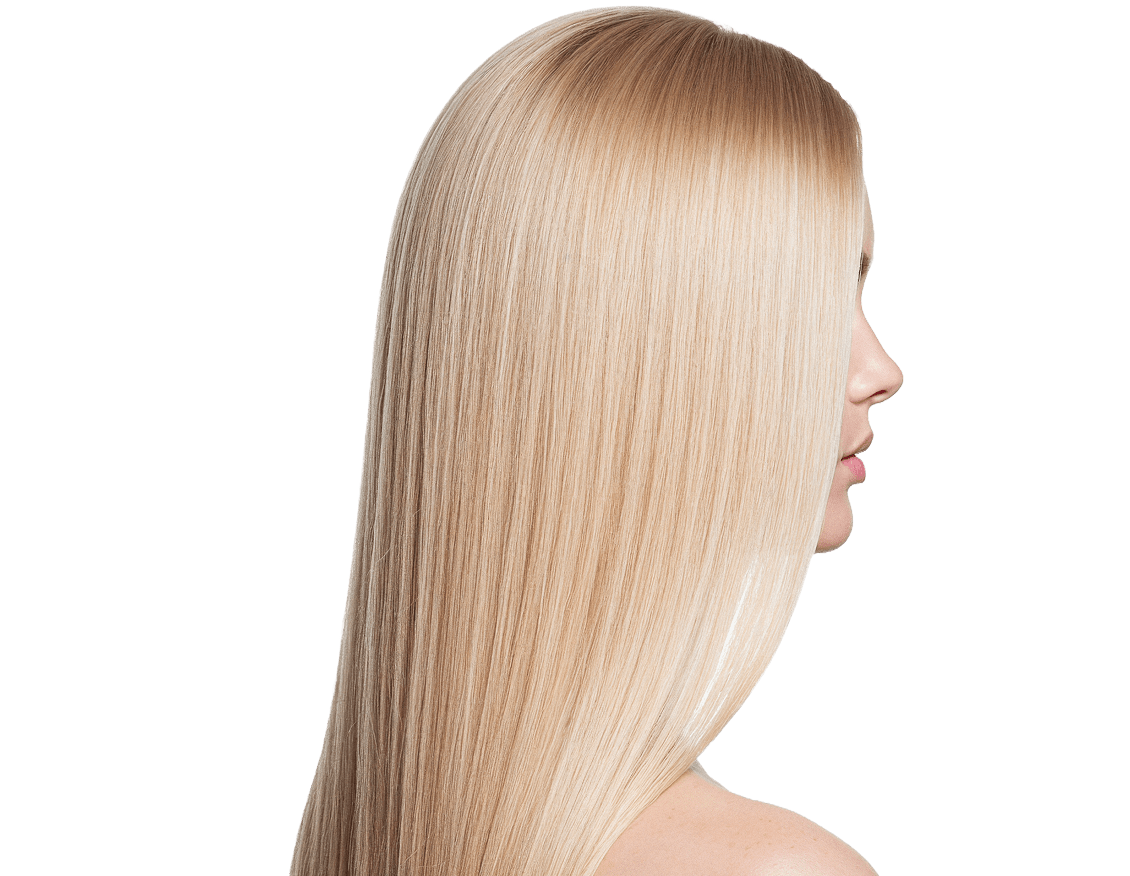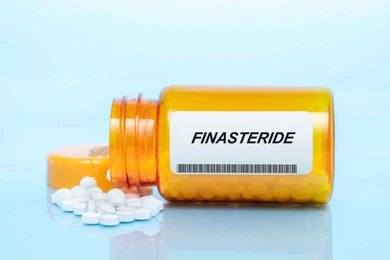Finasteride


What Is Finasteride and How Does It Work?
Finasteride is a 5-alpha reductase inhibitor—also referred to as a DHT blocker. It works by reducing the conversion of testosterone into dihydrotestosterone (DHT), a hormone strongly linked to hair loss in genetically susceptible men.
DHT binds to receptors in scalp hair follicles, causing them to shrink over time. This leads to thinning hair and eventual hair loss. By reducing DHT levels, Finasteride helps to slow or stop this process, allowing affected hair follicles to recover and begin producing healthy hair again.
Finasteride is typically available in 1mg or 5mg dosages. The 1mg strength—often sold under the brand name Propecia—is specifically used for treating hair loss, while the 5mg version (Proscar) is used for enlarged prostate conditions (BPH).
Is Finasteride Effective?
Yes. Clinical studies consistently show that Finasteride is effective at reducing DHT and improving hair growth. Key research findings include:
A 64% reduction in scalp DHT levels within 6 weeks
66% of users reporting visible hair regrowth in thinning areas
87% of participants experiencing positive outcomes in long-term studies
When taken consistently, Finasteride helps preserve existing hair and, in many cases, reverses hair thinning. However, its effects are only maintained while the medication is taken. Discontinuation usually results in a return to previous levels of hair loss.
Will Finasteride Help with Beard Growth?
No. Finasteride is not effective for facial hair. Beard growth is generally not sensitive to DHT in the same way scalp hair is. If you’re looking to improve facial hair growth, Minoxidil is often a more suitable option.
Can Finasteride Be Taken with Other Medications?
Finasteride is well-tolerated and doesn’t typically interact with other drugs. In fact, it can be safely combined with Minoxidil (topical or oral) to improve results. While Finasteride blocks DHT, Minoxidil works by widening blood vessels in the scalp to increase oxygen and nutrient delivery to hair follicles. Together, they often offer a more robust outcome.
Who Can Take Finasteride?
Finasteride is suitable for most adult men experiencing male pattern baldness. It’s not approved for women or children due to risks related to hormonal changes.
Women who are pregnant—or may become pregnant—should avoid any contact with crushed or broken Finasteride tablets, as the medication can cause birth defects. Similarly, it’s advised to stop taking Finasteride when trying to conceive, as trace amounts can be present in semen.
Although Finasteride may sometimes be prescribed in transgender care or postmenopausal female hair loss cases, this should only be done under specialist medical supervision.
When Will I See Results?
Finasteride takes time to show visible improvements. Here’s a general timeline:
1–3 Months: DHT levels drop; some initial shedding may occur
3–6 Months: Hair loss slows; early regrowth might begin
6–9 Months: Thicker hair becomes more noticeable
9–12 Months: Final improvements in density and hairline definition
Consistency is key—Finasteride must be taken daily for optimal and lasting results.
Finasteride Side Effects
Finasteride is generally safe, but a small percentage of users experience side effects. These are usually mild and reversible:
Possible Side Effects:
Increased shedding (initially)
Lowered libido (around 1.8%)
Erectile dysfunction (about 1.3%)
Decreased ejaculate volume
Testicular discomfort
Skin irritation or rashes
Gynecomastia (swelling of breast tissue) in rare cases
Fertility Note:
Finasteride can pass into semen and potentially affect fetal development. Use protection if trying to conceive.
Most side effects resolve once the medication is stopped. Rarely, individuals may experience longer-lasting symptoms, a condition referred to as Post-Finasteride Syndrome.
How to Minimise Side Effects
Take the recommended daily dose (typically 1mg)
Use it at the same time every day
Consider switching to topical Finasteride for a lower risk of systemic effects
Stay active—regular exercise supports overall hormonal health
Finasteride Alternatives
Concerned about side effects? These alternatives may help:
Minoxidil: A topical treatment that increases blood flow to follicles
Dutasteride: A more potent DHT blocker (with a higher risk of side effects)
Natural Remedies: Options like saw palmetto, pumpkin seed oil, and rosemary extract may help support hair health—but are generally less effective than prescription treatments
Want to know if Finasteride is right for you?
Book a free consultation today and speak directly with a medical expert.
